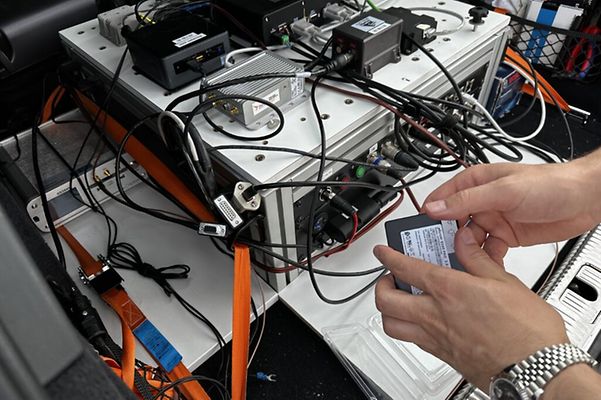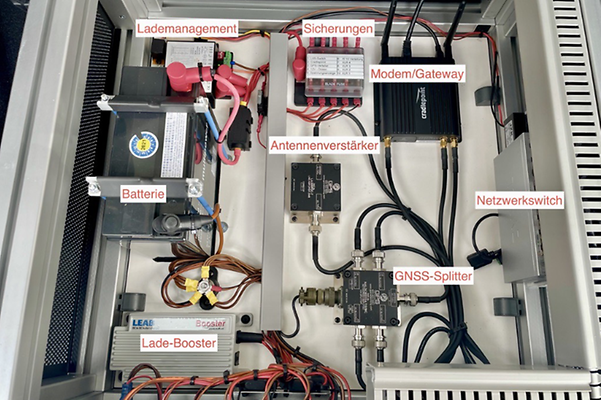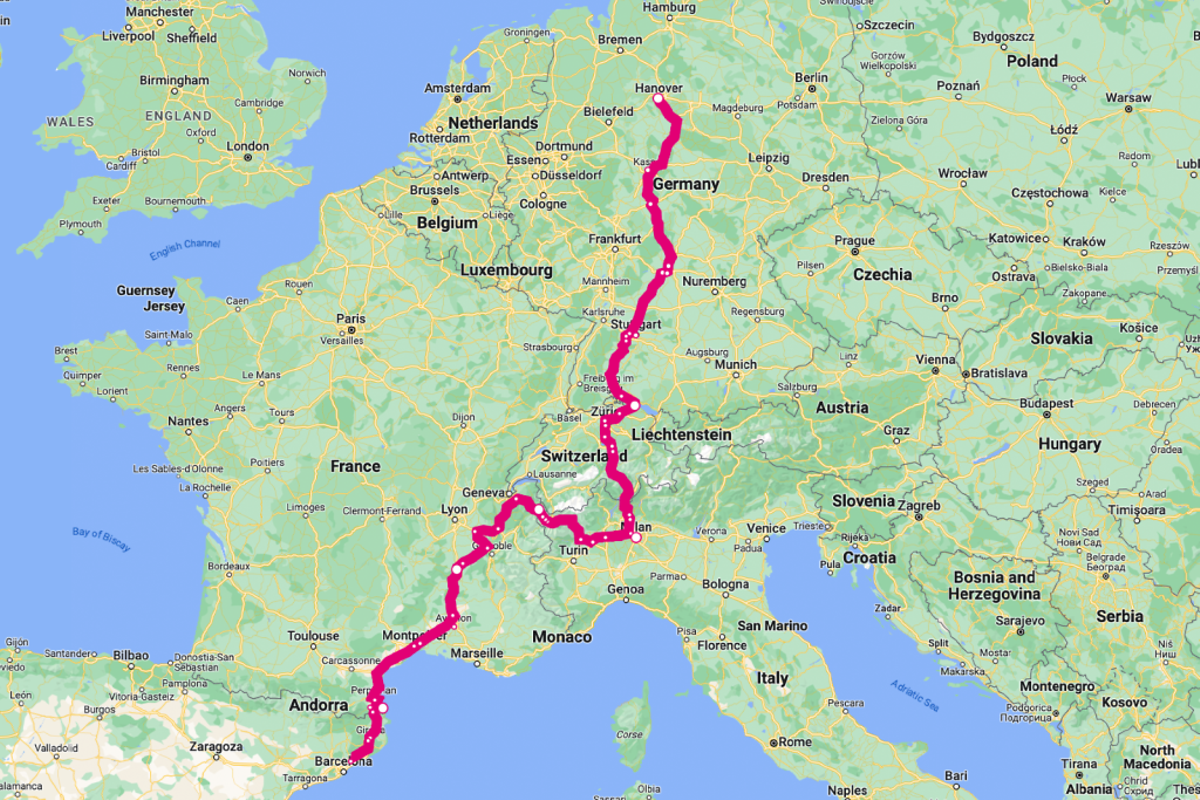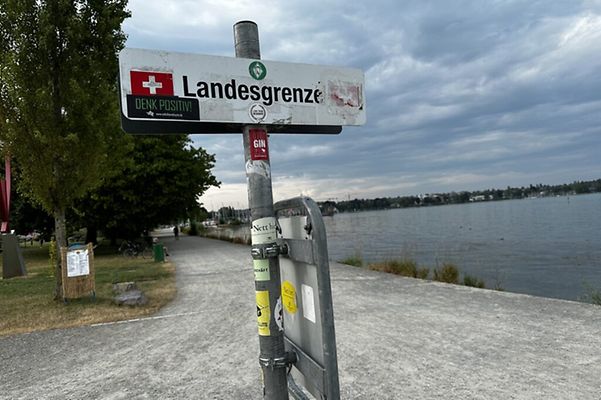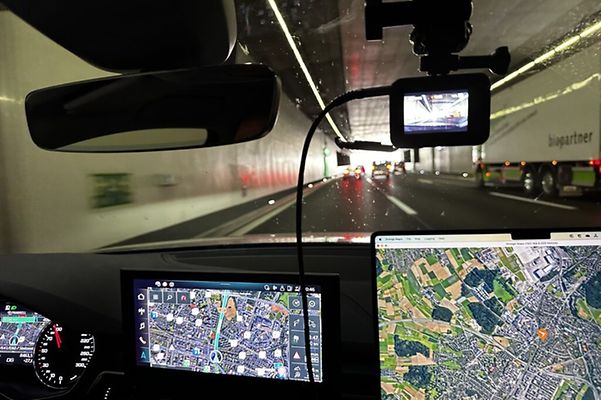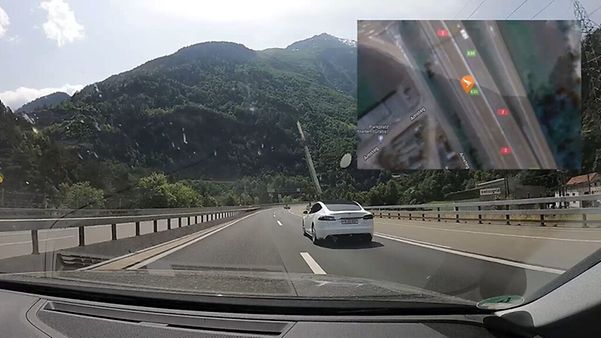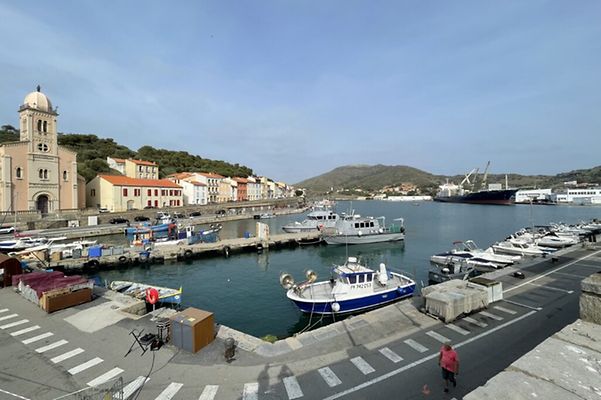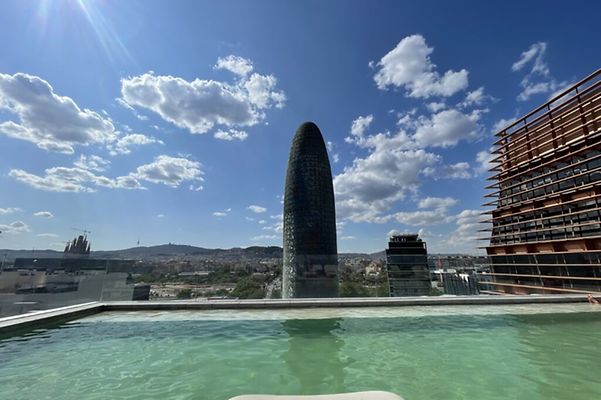We set off early to take the spectacular cable car up to the Mont Blanc plateau Aiguille du Midi at 3,842 metres. In vain: the wind is blowing at 150 km/h up here and the cable car is out of service today. Interim conclusion: the Alps don't like us very much.
Setting off for Port Vendres in France, just before the Spanish border. Almost 700 kilometres lie ahead of us. The route leads over serpentines into the French lowlands, where we head towards the Cote d'Azure on the usual good motorways of the "Route de Soleil". Temperatures are up to 35 degrees. Lunch break in Valence, another pizza (which surprisingly tastes much better than the one we had the day before in Italy).
Technically, everything runs smoothly: Neither the high mountains nor the hairpin bends or the journey through various mobile phone cells cause our measuring system any headaches. Our Telekombi not only stays on track on the road, but also on the monitor. Once we arrive in Port Vendres on the Mediterranean, we cool off in the rooftop pool before heading to the fishing harbour and rounding off the evening at a small harbour festival with live music.

